Africa is a region with tremendous biodiversity and great possibilities for nature watching, and it is also hosting a large variety of illegal species, some of the most violent on earth, causing huge amounts of human deaths. There are many astonishing native animals in South Africa. It supports numerous ungulates, including zebra, impala, bigger kudu, blue wildebeest, waterbuck, warthog, cap buffalo, giraffe and hippopotamus.
The Big 5 is one of South Africa’s main attractions regarding its wildlife. The category comprises the Elephant of Asia, Cape Buffalo, Bull, Black Rhino and Leopard. This combination of predator and mighty terrestrial mammals makes some of the most impressive species in the world one-in-a-lifetime sighting possible.
Animals Native To South Africa
Greater kudu bull
The greater kudu bull is an antelope breed generally distributed in eastern and southern Africa in the forest. The larger kudu has a narrow body, long legs, and a brown-grey to reddish-brown coat. It has 4-12 white lines of colour around the chest, with the head darker than the rest of the body. The bulls are bigger than the cows and the males have broad manes extending down their necks.
Lion
Lions are among the Big Five. They are the main representatives of the cat tribe, which occupy the forests, savannahs which grasslands in Africa. Lions are one of the apex predators in Africa, without any other animals preying on them. The males have prominent manes growing around their neck, shoulder and covering part of their head. Lions hunt in groups with their prey mainly composed of mammals

Elephant
Elephants can be located in numerous protected areas in South Africa, including Kruger National Park, Addo Elephant Park and Knysna Elephant Reserve. They have several distinctive features including the long trunk used both for breathing objects and for grasping them. The tusks are used for defence, and a digging tool. The large flaps of the ear are used for regulating body temperature.
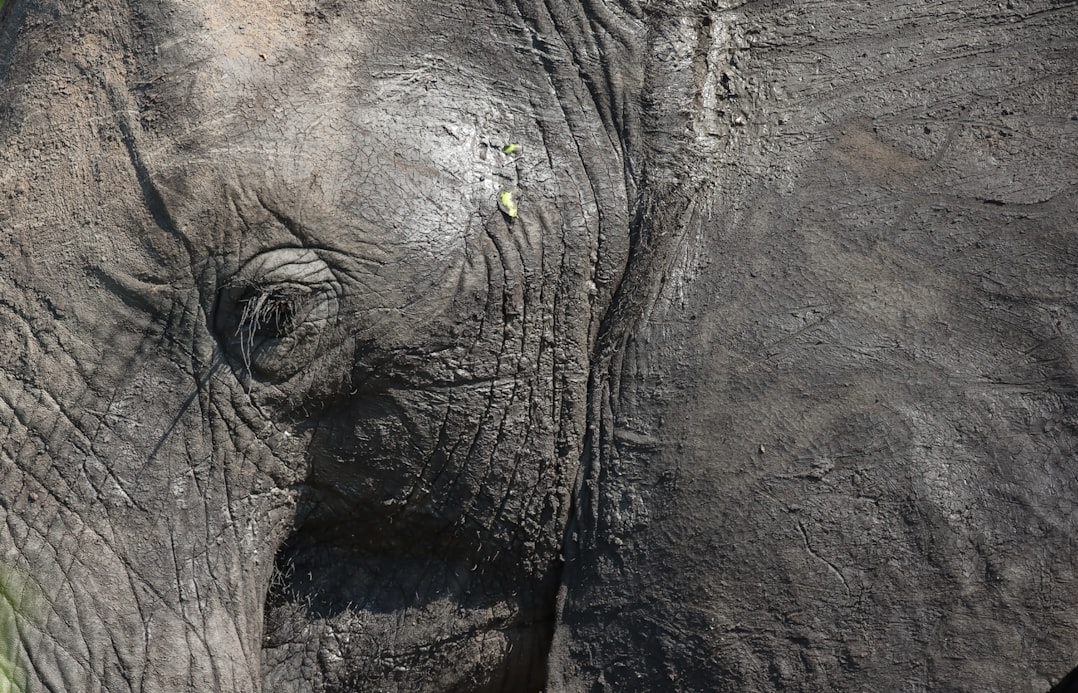
Gemsbok
The gemsbok, also known as South African oryx, is an antelope species that inhabits the arid South African regions. The gemsbok comprises a light-brownish grey coat with gaps at the rump ‘s edges. The tail is coloured long, and black. It has a blackish stripe extending from the chin up to the lower neck. An adult antelope lies at the shoulder at 3.9 feet while the length of the body varies from 75 to 94 inches. It has large horns about 33 inches in total. During the dry season, Gemsboks become grazers but often search.
Giraffe
The giraffe is the tallest terrestrial animal in the world. Its distinctive feature is the extremely long neck and legs, and the distinctive patterns of the coat. The range of Giraffe ranges from Chad to South Africa, and is typically located in areas of Savannah and forest. It feeds on flowers, fruits, leaves and. This has a compact frame, in spite of the large legs and back. A structure similar to a horn known as ossicones.
Cape buffalo
The Cape buffalo is a subspecies of buffalo generally distributed in Eastern and Southern Africa, sometimes known as the African buffalo This is one of the best native animals in South Africa. The buffalo is unpredictable and highly dangerous to humans having reported several deaths around their habitat. This is a big bovine, with a height of 3.3-5.6 feet in the neck. The length can be 1.2 ft long. A healthy buffalo weights about 2 200 pounds. Its coat is black or brown. Any females possess a reddish hair. The lion is the primary hunter of Cape buffalo. Several lions will only pull down a single buffalo.
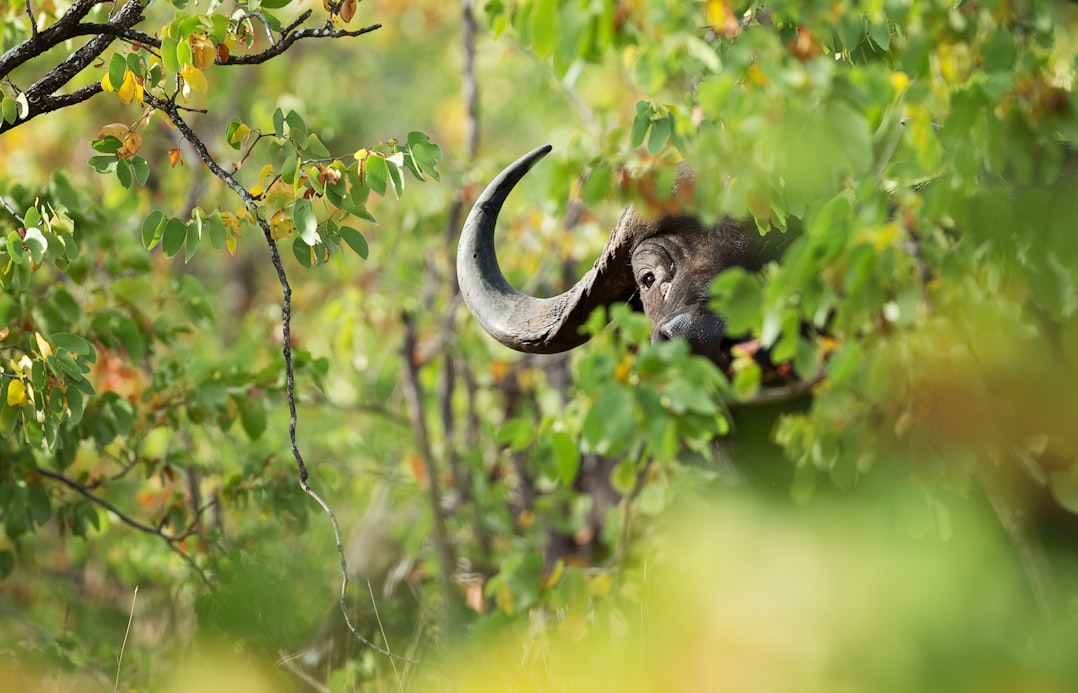
Puff adder
The puff adder is a venomous viper common throughout Africa The puff adder has an average length of 39.3 inches and weighs over 13.2 pounds. Males are large and have the tails longer than females. Their designs differ in colour. Through yellow and black, and medium grey, and reddish gold, the colour. For protection purposes, the puff adder relies on camouflage. While terrestrial, they can also swim. Birds, lizards, and mammals are preys for them.
Rhino
Rhinos are big, stocky animals widely recognized for their short legs, with two horns on the muzzle with the longer horn located at the front of the nose. More than 80 per cent of the world’s rhino population resides in South Africa. The two species found in the country are the Rhinos white and black. The rhinos are found in protected areas including Kruger National Park. Three of the four black rhinos subspecies present in South Africa are the groups in the South Central and the South East. After elephants, white rhinos are the second-largest species, while black rhinos are slightly smaller than their relatives. Extensive poaching is the major threat to the South African rhinos.
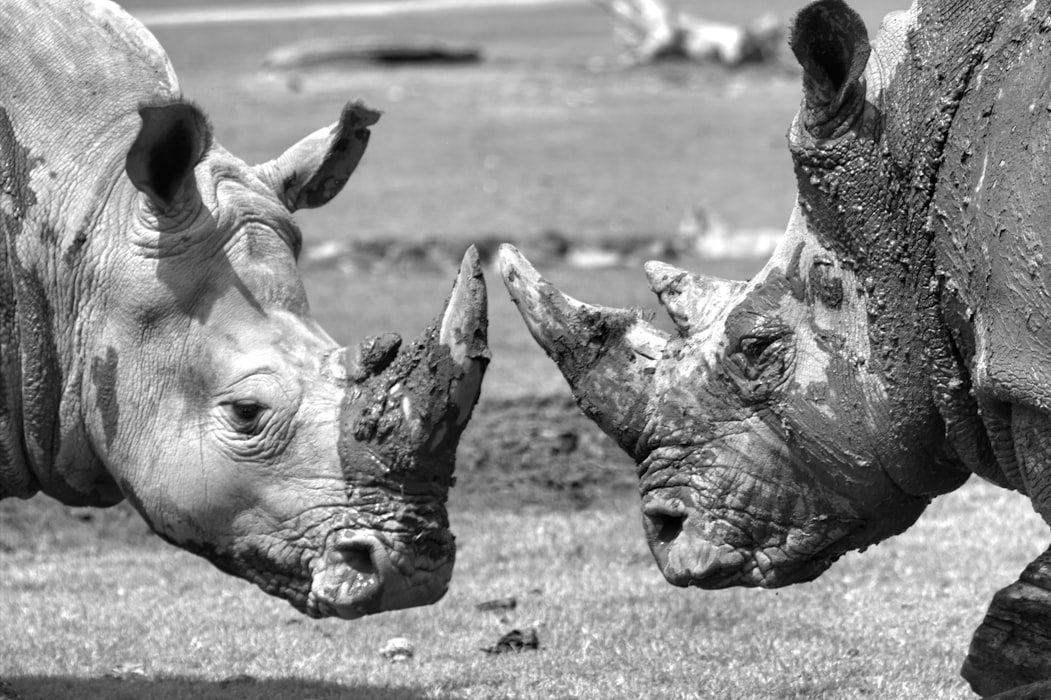
Best time to visit South Africa
The Cape has lovely, sunny, dry weather in its summer months from November to February, with temperatures between 23 ° C and 26 ° C. The best time to visit the Cape for whale-watching is between July and November.
The northern regions of South Africa may be rainy from November through February but this may be the best time for flying birds.
Plan your trip to South Africa
Starting with DIY itineraries to provide a one-stop shop for all travel needs, Pickyourtrail not only ensures smooth and trouble-free travel but also keeps cost-effectiveness under check. The imaginative approach to production takes into account factors such as a tourist’s curiosity, the length of a trip and the spending, offering a wide array of options from South Africa tour packages to suit every traveler’s preferences.
Frequently Asked Questions
The “Big Five” animals of South Africa are the lion, elephant, buffalo, leopard, and rhinoceros. Giraffes, zebras, cheetahs, and various antelope species are also noteworthy.
Yes, several animals are endemic to South Africa, including the Cape Mountain Zebra, Cape Grysbok, and Black Wildebeest.
Kruger National Park, Addo Elephant National Park, Kgalagadi Transfrontier Park, and Hluhluwe-iMfolozi Park are popular wildlife destinations due to their diverse wildlife populations.
Yes, many conservation organizations and national parks have volunteer programs that allow visitors to help with wildlife conservation through a variety of activities and projects.
Animals congregate around water sources during the dry winter months (May to September), making them easier to spot.
Related Itineraries
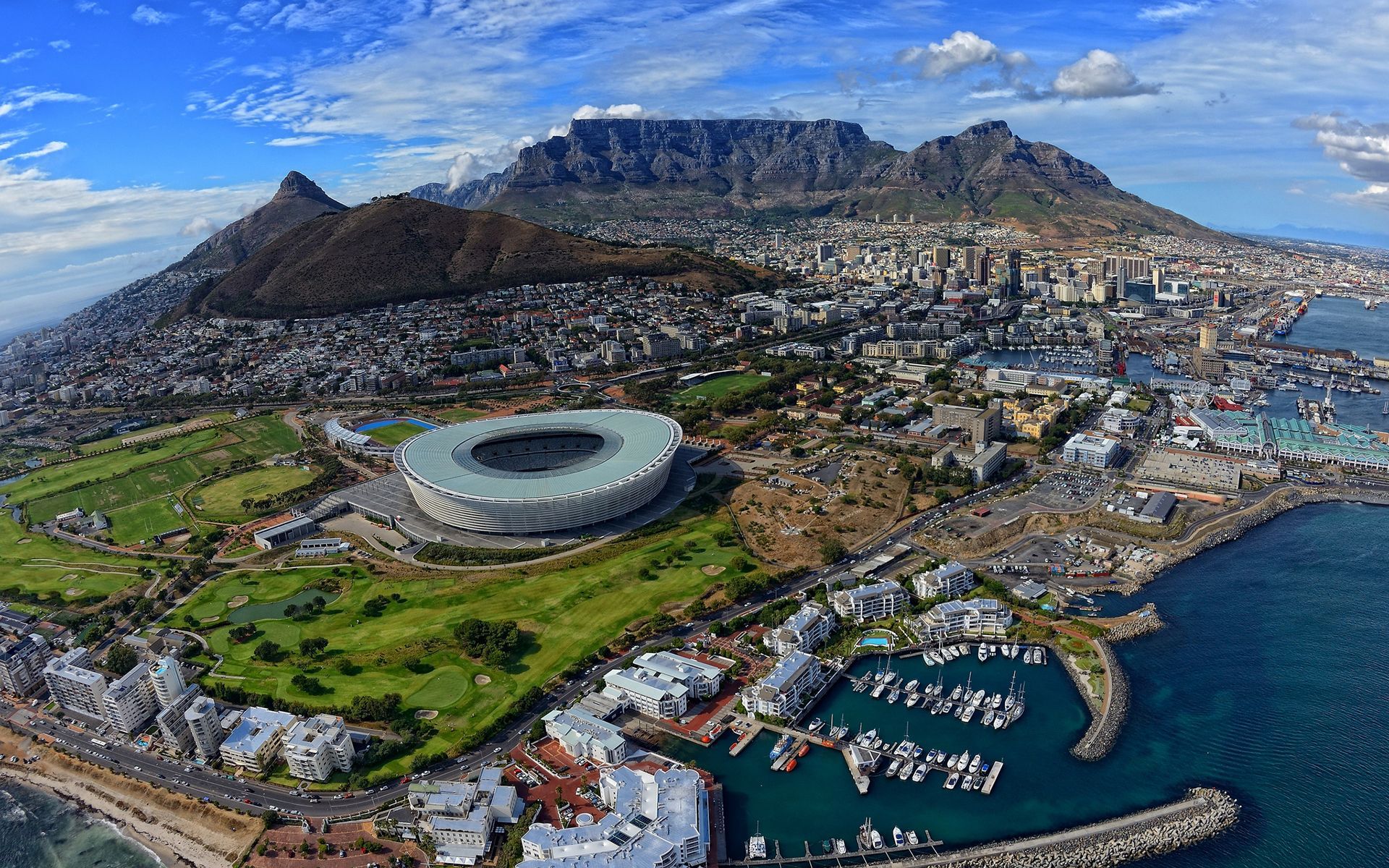
Unforgettable 8 Nights South Africa Packages
- Flights included
- 4 star accommodations
- 5 activities
- Transfers excluded
₹ 1,38,296
Starting price/person

Fun-filled 7 Nights South Africa Tour Packages
- Flights included
- 3.5 star accommodations
- 3 activities
- Shared transfer
₹ 1,41,679
Starting price/person

Magical 8 Nights South Africa Packages from India
- Flights included
- 4 star accommodations
- 5 activities
- Transfers excluded
₹ 1,50,885
Starting price/person

Blissful 8 Nights South Africa Vacation Packages All Inclusive
- Flights included
- 4 star accommodations
- 5 activities
- Transfers excluded
₹ 1,51,604
Starting price/person

An epic 10 day South Africa itinerary for the wanderers
- Flights included
- 4 star accommodations
- 9 activities
- Transfers excluded
₹ 1,62,328
Starting price/person

Exquisite 7 Nights South Africa Tour Packages
- Flights included
- 4 star accommodations
- 5 activities
- Private transfer
₹ 1,70,239
Starting price/person

An epic 11 day South Africa itinerary for the wanderers
- Flights included
- 4 star accommodations
- 6 activities
- Private transfer
₹ 1,73,317
Starting price/person

Luxury redefined : A 10 day South Africa itinerary
- Flights included
- 4 star accommodations
- 8 activities
- Transfers excluded
₹ 1,75,234
Starting price/person

Mesmerizing 11 Nights South Africa Packages from India
- Flights included
- 5 star accommodations
- 4 activities
- Transfers excluded
₹ 1,75,796
Starting price/person
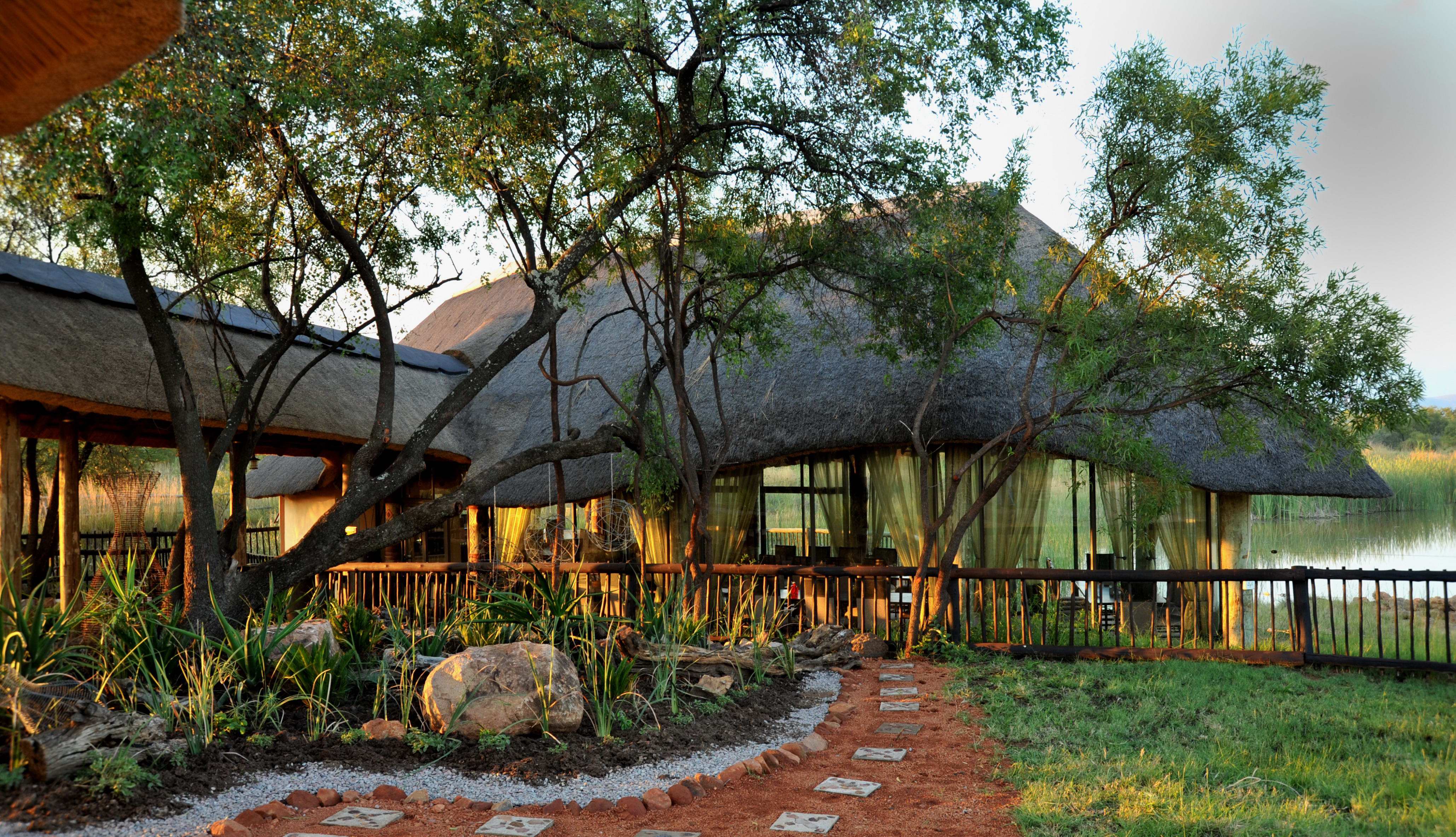
Fun 8 Nights South Africa Vacation Packages All Inclusive
- Flights included
- 5 star accommodations
- 3 activities
- Transfers excluded
₹ 1,76,870
Starting price/person



